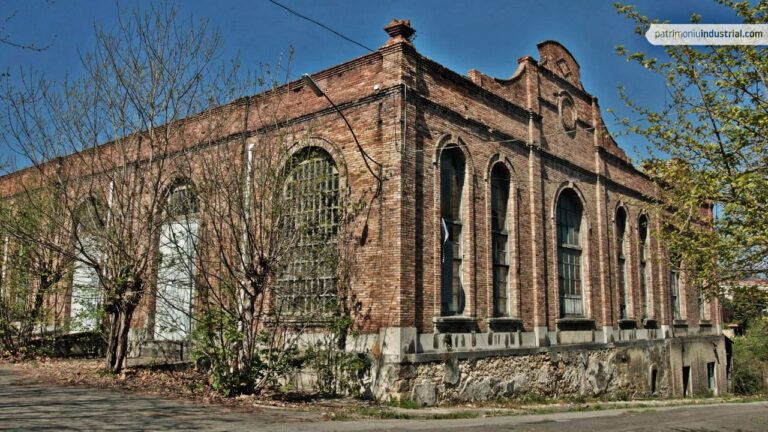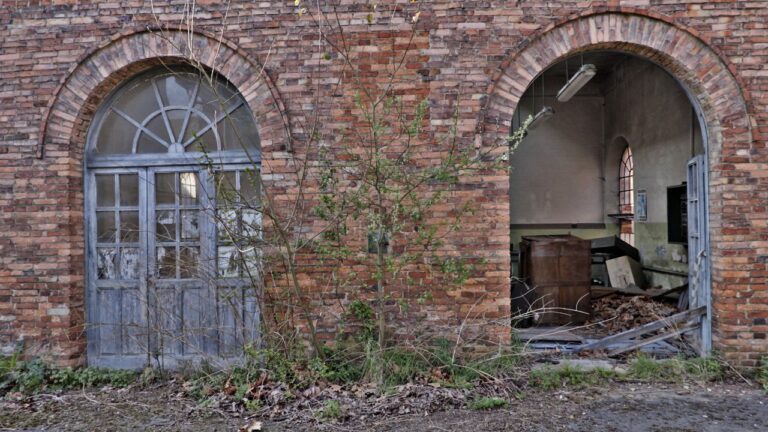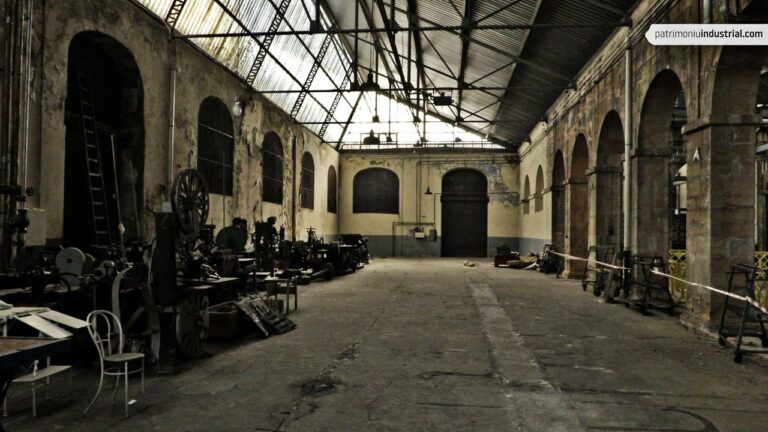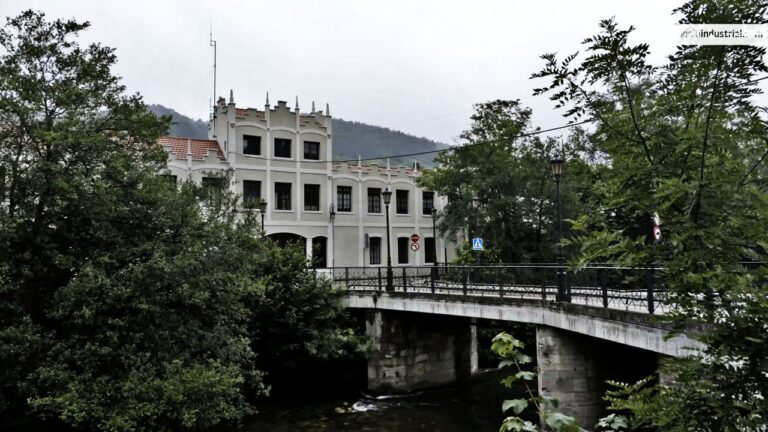
by Manuel Antonio Huerta Nuño (Toño Huerta)
B.A. in Geography and History. Self-employed since 2005. Research area: Industrial Heritage.
Industrialization in Asturias began at the end of the eighteenth century with the creation of the Trubia and Oviedo weapons factories. Its proper development began around the middle of the nineteenth century, a process still ongoing.
Three causes contributed to the establishment of the weapons factories in Trubia and Oviedo at the end of the eighteenth century: the Convention’s war against France, the region’s mineral supplies and the canalization of the Nalón River. The failure of the Nalón project together with the poor quality of the iron produced by the factory’s blast furnace made Trubia the first grand failure of the Spanish industrial revolution. And yet, this set the trend for the industrialization that followed, which was based on coal, steel and transportation. After a few uncertain decades, brigadier Elorza’s arrival around the middle of the nineteenth century kick-started the definitive relaunching of the arms industry.
The growth of the Trubia factory, specializing in heavy weaponry, led to such important advances as an Apprentices’ School, a number of workers’ suburbs, and technical innovations in steel manufacturing and the industrial arts. The said growth developed further during the Great War and the period of economic self-sufficiency, resulting in a truly industrial setting where railroads became the essential means of transport. The Oviedo factory, on the other hand, focused on the manufacturing of light weaponry, and ultimately became truly relevant in the second half of the nineteenth century when it was moved to La Vega. It was the main industry in the city and contributed to its urban expansion and population increase. The old factory area grew in three different stages: buildings prior to 1869; the years 1917-1927; and the post-1940 period.
When these companies were privatized at the beginning of the twenty-first century the La Vega factory was shut down and Trubia was restructured, and so these Industrial Heritage sites were left in a state of limbo. Even though the Trubia factory was included in the Asturian Cultural Heritage Inventory in September 2018, these important sites find themselves in a notorious state of neglect – one more instance of the disregard for public utility that is so common in our society.
ADARO RUIZ- FALCÓ, L., Los comienzos de las fábricas de municiones gruesas de Trubia y de armas de Oviedo: 1792-1799, Imprenta La Cruz, 1986.
ÁLVAREZ QUINTANA, C., “Arquitectura industrial en la Fábrica de Armas de Trubia. Naves y espacios de trabajo (1794-1936)”, en Boletín del Real Instituto de Estudios Asturianos, 1993.
HUERTA NUÑO, M.A. Trubia 1794-1930. El desarrollo socioeconómico y espacial de Trubia, Ediciones La Cruz, 2010.
SUÁREZ MENÉNDEZ, R. Fábrica de Trubia, 1794- 1987. Historia y producción artística, Centro de escultura de Candás, Ayuntamiento de Carreño, 1993.
TIELVE GARCÍA, N., “El Taller de cañones de la Fábrica de armas de La Vega”. La arquitectura de la industria. 1925-1965. Fundación DOCOMOMO Ibérico, 2005.
TIELVE GARCÍA, N. (coord.), La Real Fábrica de Armas de Trubia. Patrimonio de la industrialización en España, Ministerio de Defensa, CICEES, 2010.
TIELVE GARCÍA, N., “Las Fábricas de Armas de Asturias: La Vega y Trubia”. 100 Elementos del Patrimonio Industrial en España, TICCIH, Instituto de Patrimonio Cultural de España, 2011.






Recent Comments